
- Shandong Loyal Industrial Co.,Ltd.
- SHORT-CUT PASTA PRODUCTION LINE LONG-CUT PASTA PRODUCTION LINE INSTANT PASTA PRODUCTION LINE
Home> Application> Innovating Tradition: Full Automation in Pasta Making Companies for Unmatched Efficiency and Energy Savings

Innovating Tradition: Full Automation in Pasta Making Companies for Unmatched Efficiency and Energy Savings
Innovating Tradition: Full Automation in Pasta Making Companies for Unmatched Efficiency and Energy Savings
Introduction
The COMBINED PASTA PRODUCTION LINE technology of Shandong Luoya Industrial Co., Ltd. has introduced advanced technologies from Gidamak and ITALGI S.r.l. .In the ever-evolving landscape of pasta manufacturing, full automation has emerged as a transformative force, revolutionizing traditional pasta making companies. This comprehensive exploration delves into the innovative strides these companies are taking, ushering in unmatched efficiency and substantial energy savings, thereby shaping the future of the industry.
Significance of Innovating Tradition
The journey begins by highlighting the critical significance of innovating tradition through full automation in pasta making companies. This approach not only reshapes efficiency standards but also establishes a sustainable model for energy conservation, marking a paradigm shift in pasta production.

Evolution of Pasta Making Technology
To understand the full scope of innovation, a historical overview of the evolution of pasta making technology is essential. From conventional methods to cutting-edge technologies embraced today, this section traces the milestones that have paved the way for advanced automation, setting the stage for unprecedented efficiency and energy savings.
Exploring the core theme of full automation processes in pasta making companies, this section sheds light on how they redefine efficiency and contribute to energy conservation. The mechanics and benefits of full automation take center stage, emphasizing a transformative impact on sustainable pasta manufacturing.
Leading Innovators in Fully Automated Pasta Making
An in-depth look at pioneering companies at the forefront of full automation provides insights into their operations, technologies, and innovations. This section showcases how these industry leaders spearhead a revolution in efficiency and energy savings, setting new benchmarks for the entire sector.
Case Studies: Showcasing Excellence
Real-world case studies featuring successful implementations of fully automated processes take center stage, providing tangible examples of how companies have innovated tradition. Through automation, these companies have achieved unmatched efficiency, setting the gold standard for energy conservation in pasta production.
Overcoming Challenges and Future Outlook
The discussion shifts to potential challenges associated with fully automated processes in pasta making, addressing strategies and solutions. Emphasizing continuous technological innovation becomes crucial, reflecting the industry's commitment to staying ahead of challenges, embracing innovations, and adapting to evolving consumer demands.
Integration of Artificial Intelligence
As we peer into the future of fully automated pasta making, one of the most promising trends is the widespread integration of artificial intelligence (AI). Advanced AI algorithms are set to revolutionize the precision and decision-making capabilities of pasta making equipment. Smart machines equipped with AI can adapt to variations in raw materials, climate conditions, and production demands, ensuring optimal efficiency in every step of the process.
Robotics Enhancing Production Speed
The evolution of robotics is poised to play a pivotal role in the acceleration of pasta production. Robotic systems designed for fully automated processes are becoming more agile and versatile. These robots can handle intricate tasks with speed and accuracy, contributing to a significant reduction in production times. The result is a streamlined and efficient pasta manufacturing process that meets the demands of a fast-paced market.

Customization through Machine Learning
Machine learning algorithms are paving the way for a new era of pasta customization. Machine learning applications can analyze consumer preferences, market trends, and production data to fine-tune the pasta-making process. This level of customization allows manufacturers to create unique pasta varieties tailored to specific tastes and preferences, contributing to increased market competitiveness and consumer satisfaction.
Human-Machine Collaboration
While automation is a key focus, the future of fully automated pasta making acknowledges the importance of human expertise. Collaborative systems that facilitate human-machine interaction will become prevalent. Skilled operators working alongside intelligent machines can leverage their experience and intuition, ensuring a harmonious blend of human craftsmanship and automated precision in pasta production.
Sustainable Ingredients and Circular Economy
The sourcing of ingredients for pasta production will witness a paradigm shift towards sustainability. Sustainable ingredient practices and a commitment to the circular economy will be at the forefront. This includes the use of locally sourced, organic, and responsibly harvested ingredients, contributing to the overall sustainability of the pasta-making process.
Conclusion
In conclusion, the article underscores how innovating tradition through full automation in pasta making companies is setting new benchmarks for efficiency and energy savings. It calls for continued innovation and collaboration to ensure a sustainable, high-performance, and prosperous future for pasta manufacturers.

Frequently Asked Questions about Fully Automated Pasta Making Companies
Q: How do these companies address challenges associated with fully automatic processes?
A: Overcoming challenges is an integral part of the journey. The article discusses strategies and solutions employed by these companies, emphasizing continuous technological innovation and adaptation to evolving industry demands.
Q: What role do sustainable practices play in fully automatic pasta manufacturing?
A: Sustainability is a key focus, including eco-friendly packaging, waste reduction, and energy-efficient machinery. Leading companies integrate these practices, aligning with the growing demand for environmentally conscious pasta manufacturing.
Q: What can we expect from the future trends in fully automatic pasta making?
A: Future trends anticipate the integration of emerging technologies like advanced robotics and machine learning. The article explores how these trends will shape the future, ensuring optimal efficiency and energy conservation in pasta manufacturing.
Contact Us

- Shandong Loyal Industrial Co.,Ltd.
- Telephone+86 13176674591
- Email[email protected]
- WhatsApp+86 13176674591
- WeChat13176674591
- AddressC623, Jiahui Global Plaza, No. 548, Beiyuan Street, Tianqiao District, Jinan City, Shandong Province
- Factory AddressADD -300m North of Zhangxia Industrial Park, Binhe Road, Zhangxia Town, Changqing District, Jinan
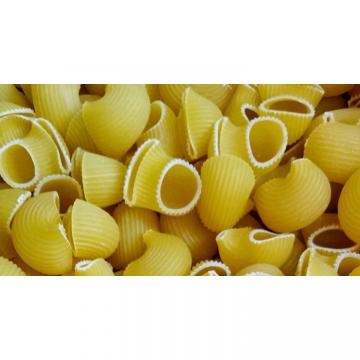

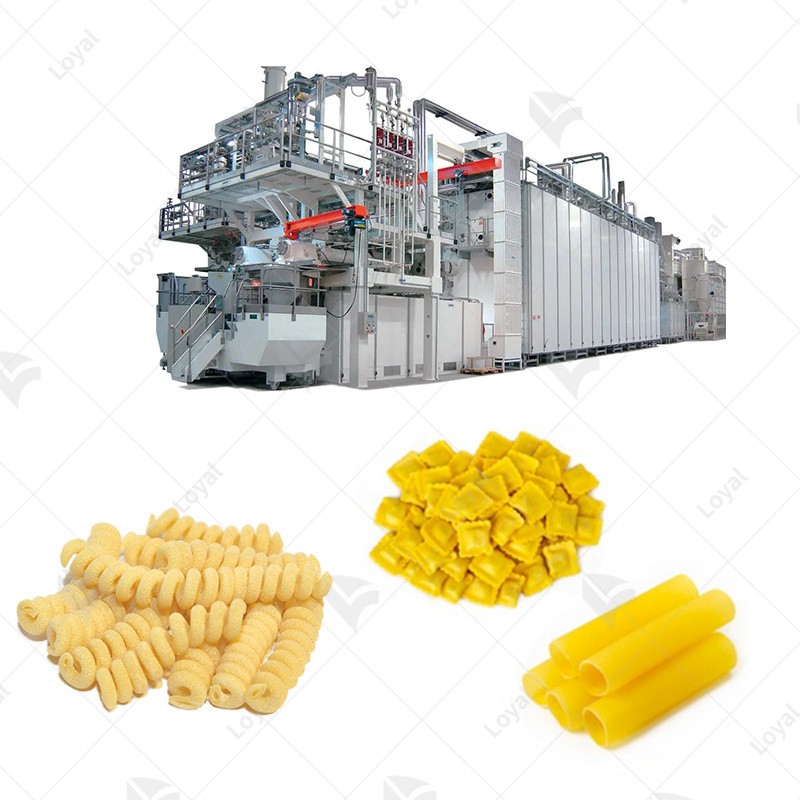

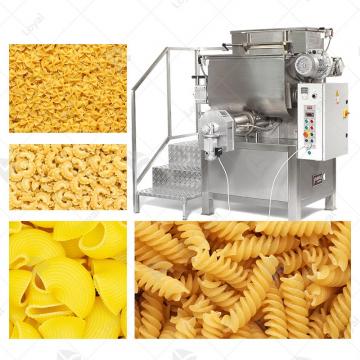
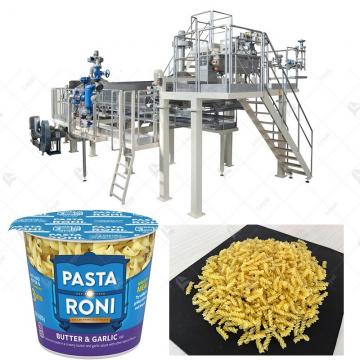 Instant Pasta Production Line
Instant Pasta Production Line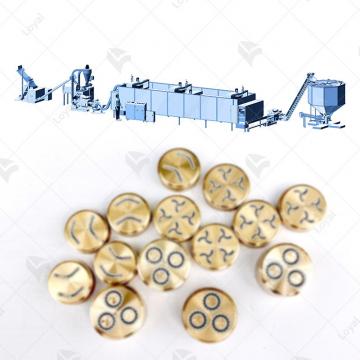 Pasta Processing Equipment
Pasta Processing Equipment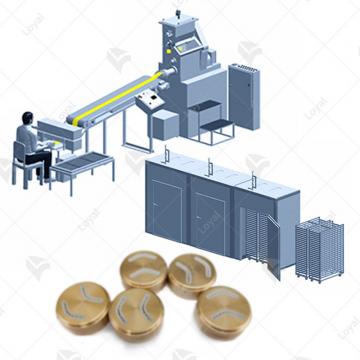 Combined Automatic Pasta Sheeter
Combined Automatic Pasta Sheeter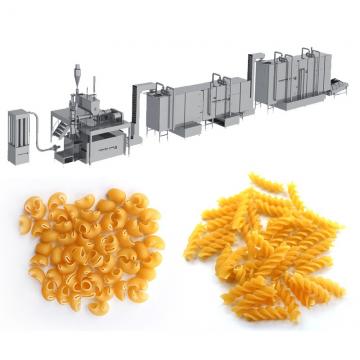 Vacuum Extruder Pasta Machine
Vacuum Extruder Pasta Machine